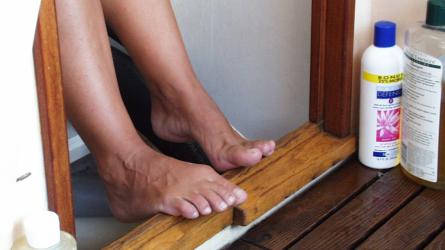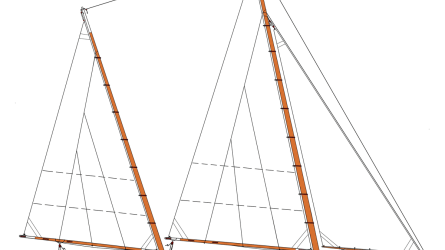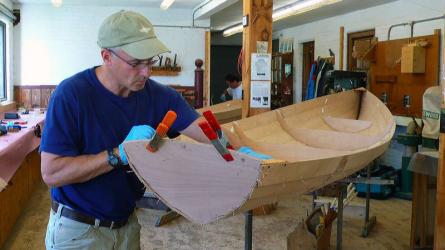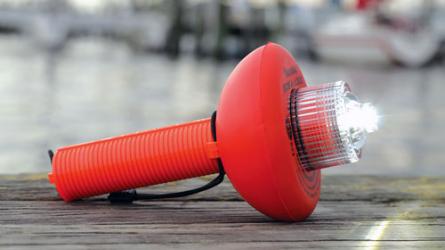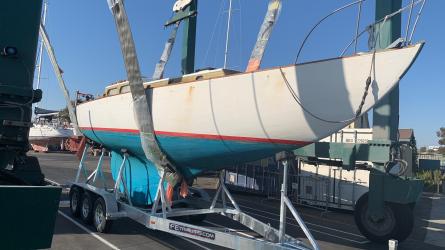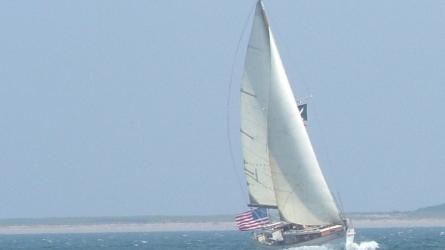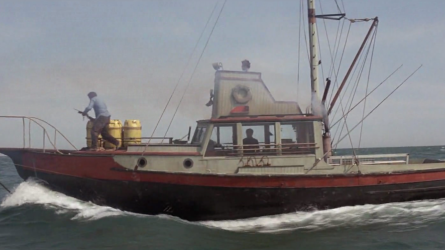January / February 2021
Color, Style, and Sophistication
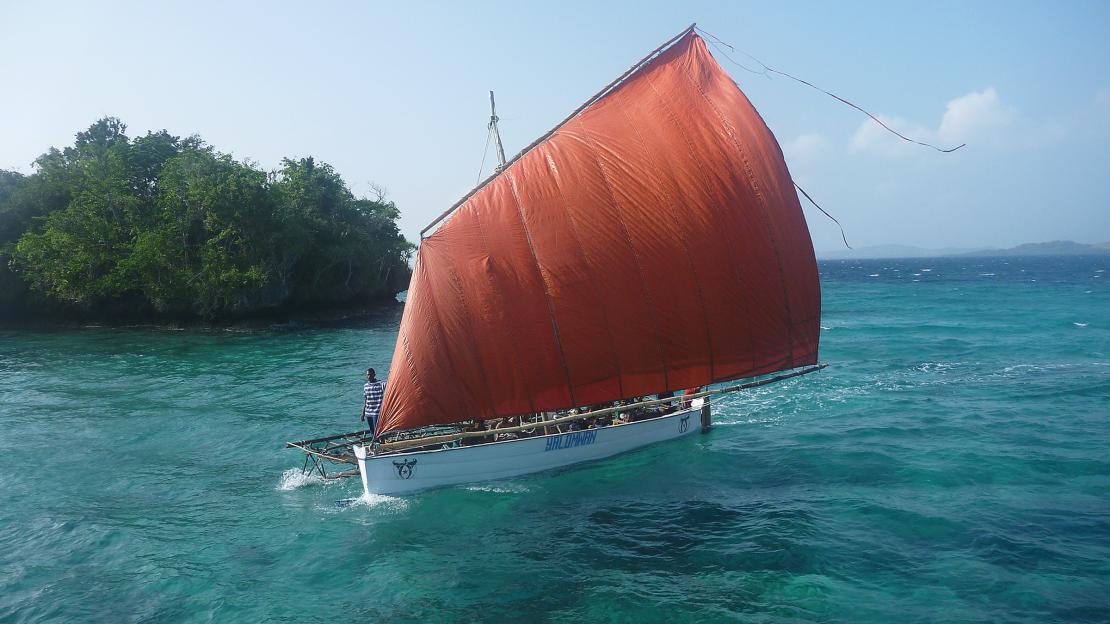
The traditional canoes of the Milne Bay Province of Papua, New Guinea, are diverse and sophisticated. Shown here is a Sailau (see page 75), a contemporary version of the widespread single-outrigger type.
The traditional wooden canoes of the Milne Bay Province of Papua New Guinea (PNG) are woven into the fabric of the region’s culture. The province includes just 14,345 square kilometers of land but 252,990 square kilometers of sea. It comprises more than 600 islands, about 160 of which are inhabited. Its canoes, and the trade they enabled, date back thousands of years. They are still being made, and they are extraordinary.
I made a month-long voyage in the Solomon Seas off Milne Bay in August 2017 to conduct research for the Australian National Maritime Museum (ANMM). During this trip I documented many of the existing examples of the region’s traditional and contemporary canoes, recording their technical details to enable accurate plans to be drawn. I traveled in a converted 65' Australian-built wooden trawler, M/V CURRINGA, conducting research in association with Dr. Harry Beran, who is an internationally acknowledged expert in Massim art and culture, and John Greenshields, a private collector and researcher. Both have extensive previous experience in the region and in Massim art. Accompanied by five friends, we visited spectacularly scenic islands and groups where canoes were once built or are still being built.
We made two passages, both starting and finishing at Alotau, Milne Bay. The first took in the southeastern zone down through the Engineer and Conflict groups, the Calvados chain, and into the Louisiade Archipelago to Sudest Island; we returned via Ole to Alotau. The second passage went to the northeast, first to Dobu, then working around counterclockwise through Kitava, Iwa, and Gawa as far as Muyuw (Woodlark Island), returning to Alotau via Nasikwabau (Alcester), Egum Atoll, and Normanby Island. Each day was challenging in this remote region. We visited 30 islands in 27 days, seeking permission from the head of each village and the canoes’ owners before we came ashore. We were always welcomed. Then we worked with the community that gathered around to meet us.
To read the rest of this article:
Click the button below to log into your Digital Issue Access account.
No digital access? Subscribe or upgrade to a WoodenBoat Digital Subscription and finish reading this article as well as every article we have published for the past 50-years.
ACCESS TO EXPERIENCE
Subscribe Today
1 YEAR SUBSCRIPTION (6 ISSUES)
PLUS ACCESS TO MORE THAN 300 DIGITAL BACK ISSUES
DIGITAL $29.00
PRINT+DIGITAL $42.95
Subscribe
To read articles from previous issues, you can purchase the issue at The WoodenBoat Store link below.
 Purchase this issue from
Purchase this issue from




